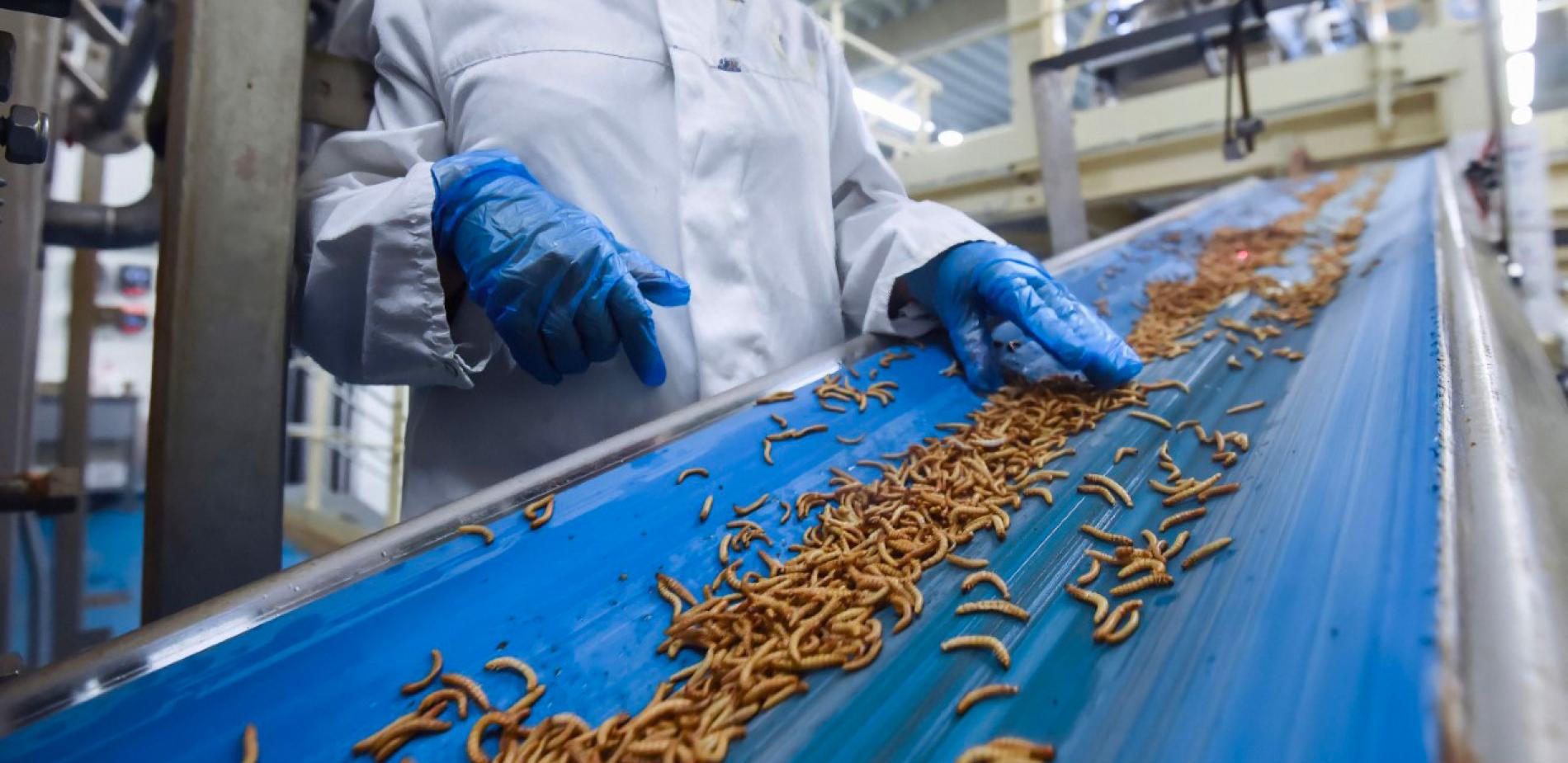
Farming insects to feed humanity
The demand for food is increasing, driven by population growth. Insects may relieve food shortages and an industry is emerging in Europe. Can the sector respect its ecological engagements?
Investigative report by Kassiopée Toscas - Published on
Europe’s first factories for producing insects for food.
Insects consumed by humans around the world today are generally collected from natural habitats. Some small insect farms have been set up in countries where humans eating insects, known as entomophagy, is commonplace.
A quite different trend is now emerging on the European continent with the production of insects on an industrial scale. Financed by fundraising operations, this movement is spreading to other continents, with start-ups in the United States, South Africa and Tunisia. The European trend in recent years has been led by France where biotechnology companies Innovafeed, Ÿnsect and Agronutris have raised €450 million, €500 million, and €100 million respectively. This innovative market has emerged as a result of recent European legislation authorising the sale of eight insect species for animal feed and four species for human consumption: the mealworm in 2021, then the domestic cricket, the migratory locust, and last summer, the Tenebrio molitor beetle. As the practice of entomophagy is still far from widespread, this emerging industrial activity targets two other big markets. Firstly, farm animals, fish, and more recently, poultry and pigs; and secondly the pet market, as insect-based flour provides excellent protein that is easy to digest. The most promising markets today are pet food and natural agricultural fertilisers made from insect excretions. It will be a long time before we see insects on our supermarket shelves!
Ÿnfarm in Amiens is the world’s largest vertical farm.
Like the other - largely French - start-ups, Ÿnsect’s sites are still at pilot stage. The company is preparing to open its first industrial scale factory in Amiens. It will be the world’s largest vertical farm, 36 metres high and spread over 45,000 m². The objective is to produce 200,000 tonnes of ingredients per year, particularly flour and oils derived from the larva of the Tenebrio molitor, a beetle that prefers cereal flours. The target markets are animal feed and fertiliser for farming. The results are promising with the first two years of production of the future factory already sold.
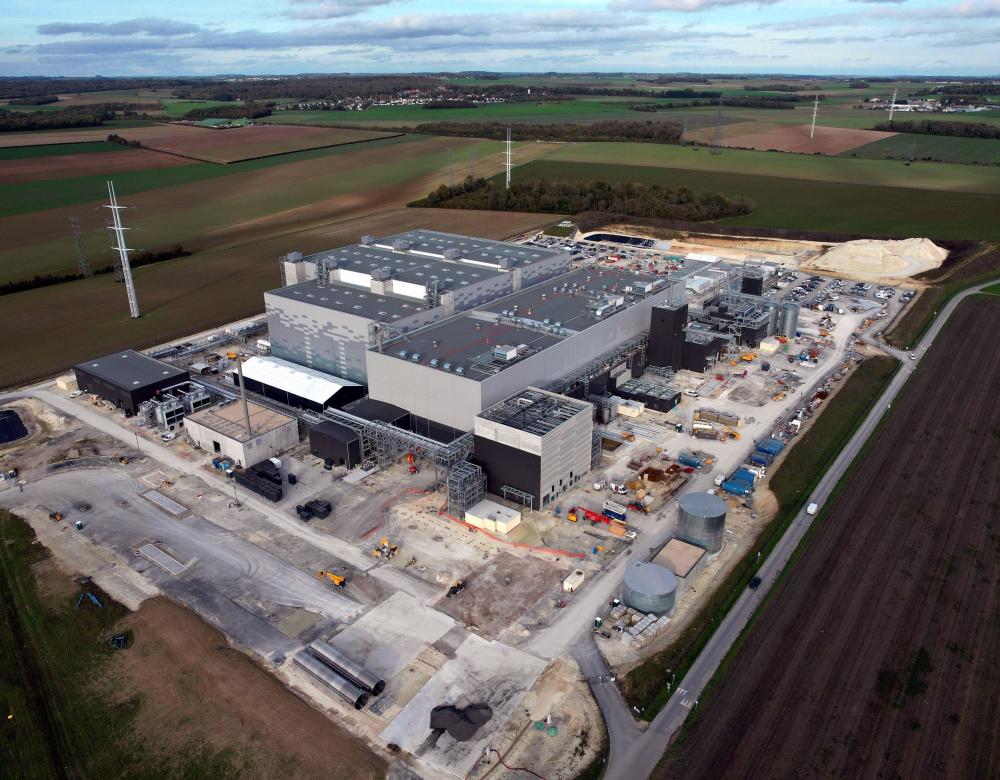
The risk of allergies
Not all insects are edible. Only 2,000 of the nearly one million species identified can be eaten.
They are not all easy to collect and some secrete toxic compounds. The sale of insects is governed by the European Food Safety Authority that tests safety for animal, human, and ecosystem health. The same precautions are taken as for other animal-based foods. Insects must be healthy, free of parasites, viruses or bacteria and not contain environmental pollutants such as heavy metals, pesticide residues and antibiotics. Once these chemical and biological risks are ruled out, there remains the risk of allergy. Insects are arthropods and contain allergenic proteins found in mites, crustaceans or molluscs, such as tropomyosin. The risk of transmission of zoonotic diseases is lower than for other livestock as insects are more distant from humans on the evolution scale. There is also the issue of biological invasion. This danger is real but limited given existing farm sizes and densities. It’s even almost zero in the case of a local species such as the commonplace Tenebrion molitor. As for Hermetia illucens or the black soldier fly, farmed by Innovafeed and Agronutris, it adapted to our environment long time ago. Only locusts pose a potential risk to crops. Devastating swarms are rare in Europe but global warming and drought could encourage invasions
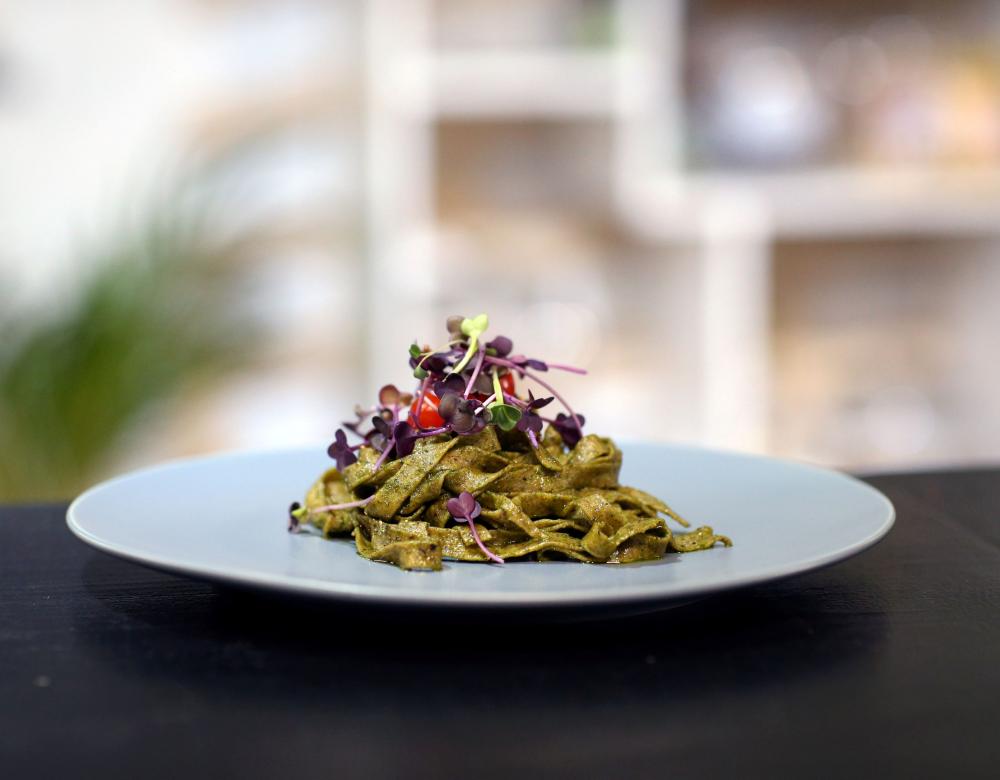
Insects on our menus soon?
According to a recent American study, six out of ten people would be willing to test plant substitutes like soy steaks, but only a quarter are ready to try insect protein. Yet the range of flavours – such as sweet bee larvae or tart ants – provides potential for gastronomic innovation already typical in Asian and Latin American restaurants. However, the success of sushi in Europe shows that culinary habits can evolve. The environmental emergency is also likely to make a case for insects, especially among young people. Not forgetting that insects are less repugnant when ground into flour.
Water, surface, greenhouse gases: environmental advantages
Insect farming has undeniable advantages compared to livestock farming, requiring smaller land surfaces and less water as insects source hydration from their diet.
It also emits 2 to 10 times less greenhouse gases according to the FAO (Food and Agriculture Organization of the United Nations). That’s 10 to 100 times less than flour and pigs. Insects also have extremely high fertility, growth and feed conversion rates. Cold-blooded insects don’t need energy to maintain their internal temperature and effectively convert their food (and even organic residues!) into protein. Producing 1 kg of crickets only consumes 1.7 kg of food compared with 10 kg to produce 1 kg of beef. Insects could therefore replace or supplement animal proteins in the human diet. However, the effective processing of insects depends on the quality of food given to them. The FAO also recommends large-scale insect farming to feed livestock and reduce the environmental footprint of animal industries. The use of insects seems quite obvious for fish farming where feed is currently mainly based on wild fish meal. This absorbs 25% of the world’s catch. Replacing soybean meal from South America for pigs and poultry would save water, reduce transport and the carbon cost, and reduce the use of agricultural land.
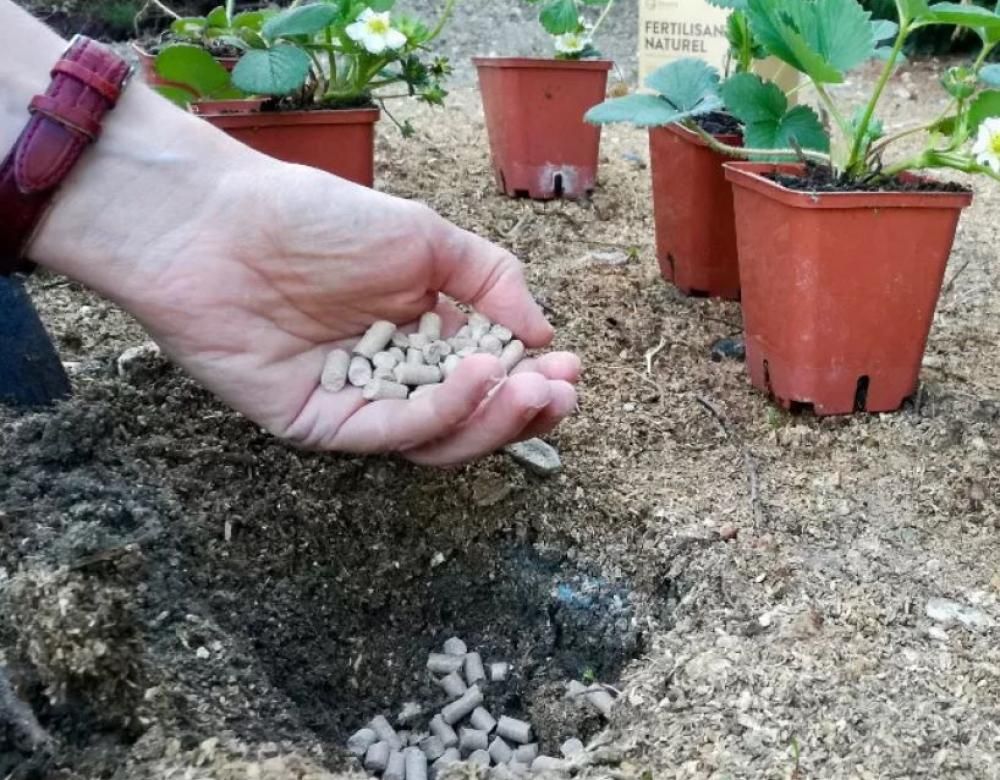
Nothing is wasted in the Tenebrio molitor
One of the major advantages of insect farming is the recycling of bio-waste. Nearly 20 million tonnes are produced each year in France. Insects extract nutrients from leftover canteens, by-products of the agri-food industry (recoverable waste from processing, such as bran or molasses), unsold retail goods, and crop waste. Sales of nitrogen-rich insect manure as a natural fertiliser are the largest proportion of turnover in the sector currently. Finally, chitin from insect exoskeletons can be used in pharmaceutical, cosmetics and water treatment.
Food and energy: the green challenges for industrialisation
Breeding insects on a large scale to make conventional breeding greener is possible if certain conditions apply.
For pigs and poultry, which as omnivores can be satisfied with a plant diet, insects must be fed with organic residues that cannot be directly fed to livestock. Otherwise, a link would be added to the food chain. Farmers currently use grains, sugar and starch, coproducts from neighbouring industries to feed their insects. But will this ethical model withstand the growth of the sector? Will local bio-waste be replaced by noble materials and compete with production destined for animal and human feed? The second challenge for industrialisation is energy consumption. Steps in processing such as drying are energy intensive, as is ventilation required when temperatures are high (larvae rub against each other and generate heat) or in case of odorous emanations (black soldier fly). Currently, producing one kilogram of edible insect protein requires less energy than beef protein, but more than chicken protein. But it’s still early days. On its site in Nesle, in the French Somme department, Innovafeed is testing ‘industrial symbiosis’ with a starch factory for raw materials and with a biomass cogeneration plant for heat. The academic world will be called on to evaluate private sector achievements on this point among others.
Integrated production or decentralised breeding
Two modes of production coexist in France. The integrated mode, where a single site manages the entire production chain from livestock farming to processing, such as Ÿnsect, a company based in France, the Netherlands and the United States. And the decentralised mode, adopted by the Auvergne company Invers to produce dry food with insects. According to specifications provided by this start-up, flour worms are raised for a fee by partner farmers until they are ‘ready for harvest’. It’s a good case of resource pooling. Invers provides breeding worms and the market while farmers contribute agricultural coproducts and breeding services.
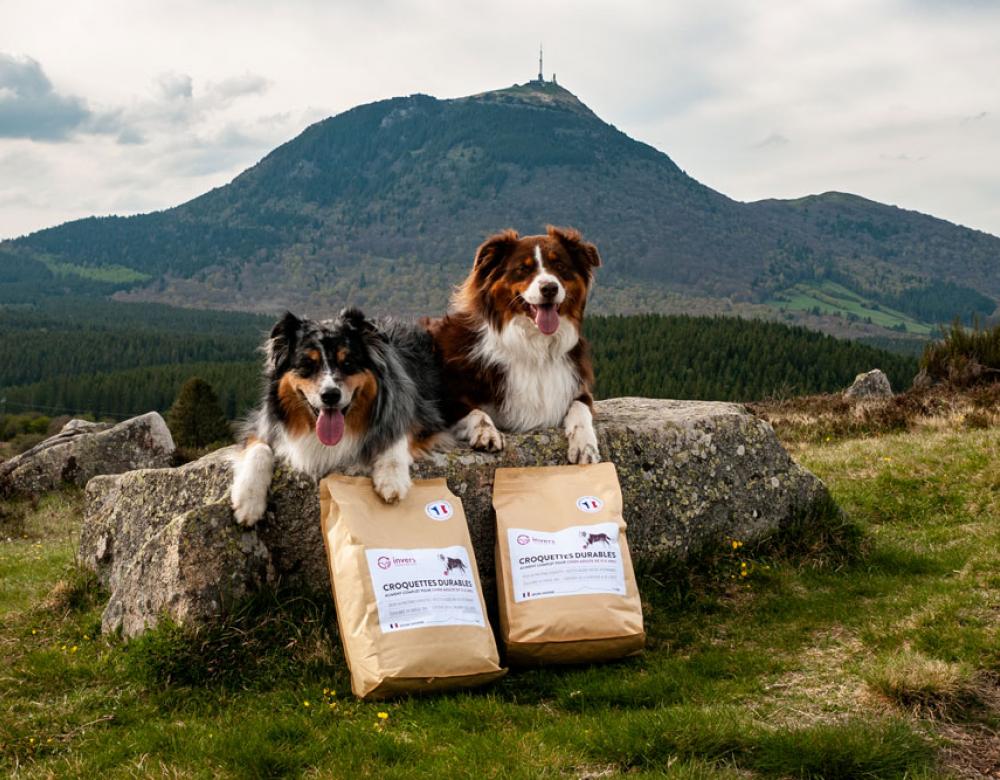
Insects are one of many protein sources
The demand for protein is expected to increase by 70% by 2050, driven by a growing, increasingly urban, and richer global population.
Conventional livestock – one of the most polluting industries – already occupies 70% of agricultural land. All sources of protein are therefore welcome, each providing different nutritional and ecological advantages. Legumes proteins are more beneficial for the environment, despite occupying large agricultural areas, but they have less nutritional advantages. Insects contain all the essential amino acids which can only be found by combining complementary vegetable proteins to achieve the right balance. The emergence of other new sources of protein including seaweed, fermentation (yeasts, fungi or bacteria), and artificial meat make it difficult to predict what will be consumed in the coming decades. But researchers are unanimous that we must develop a diverse protein supply. Insects will contribute to this complex solution, contributing their unique nutritional benefits and an environmental footprint halfway between animal and plant proteins, ultimately feeding our pets and livestock, and maybe even us.
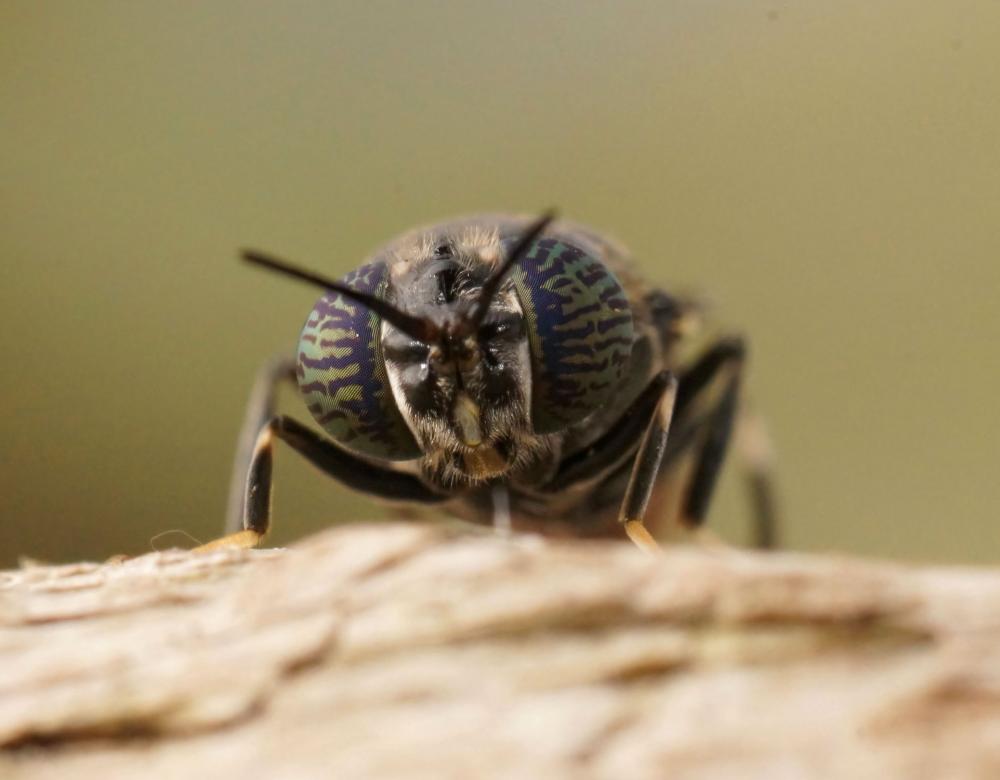
What about animal welfare?
Breeding farms are supposed to provide conditions that mimic the natural environment and allow social interactions specific to each species. The sector is not escaping questions about animal welfare. Recent studies show that adult flies, mosquitoes, termites and cockroaches experience conscious pain. Measures must be adopted to avoid repeating mistakes made in intensive conventional farming. For example, replacing scalding slaughter techniques with freezing or instant shredding. The sector is completely unregulated for the moment.


